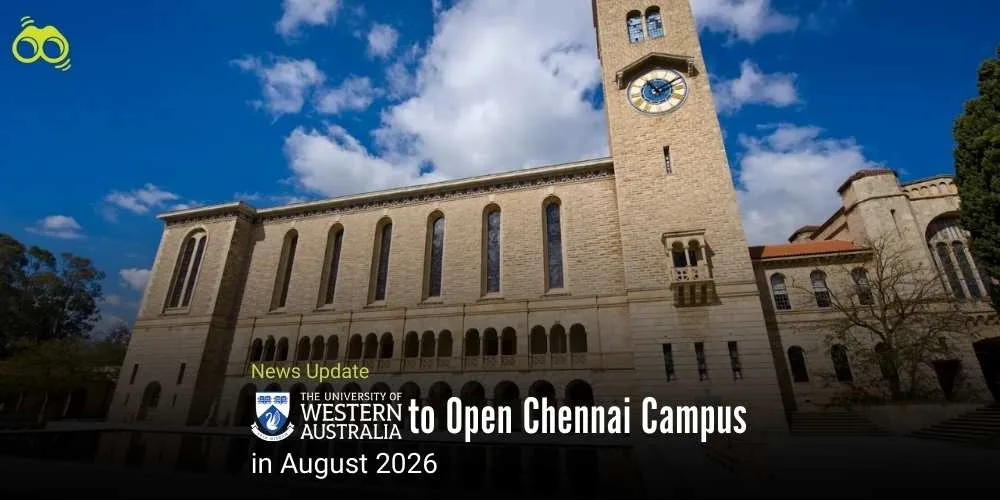Cranfield Aligns Operations with Industry Needs in Major Strategic Shift
Cranfield University Plans Streamlined Future Amid Declining Student Numbers
With a student body almost entirely composed of postgraduates, the university fosters strong connections with industry and government. Through innovation and collaborative research, Cranfield delivers practical solutions. The university employs over 1,500 staff in academic, technical, and professional roles, and its approximately 5,000 postgraduate students represent 177 countries.
As it approaches its 80th anniversary in 2026, Cranfield University has announced plans to cut 195 jobs as part of a strategic restructuring designed to safeguard its long-term future. The decision reflects wider financial pressures facing the institution, including declining international student numbers and rising operational costs. In a formal statement, the university confirmed that proposals to reduce the workforce are currently under consultation, and noted that other cost-saving measures have already been implemented. Similarly, more than 10,000 university jobs are at risk across the UK. Institutions such as Lancaster, Dundee, Sheffield, and Cardiff have announced significant redundancies.
Chief Executive and Vice-Chancellor Dame Karen Holford explained that the university had previously revised its academic structure from four schools to two faculties, reviewed its course portfolio, and reduced expenditure to maintain financial stability. She stated that the next phase of work would focus on streamlining operations to protect core activities such as teaching, research, and the student experience, while securing the institution’s future.
Cranfield currently employs more than 1,500 staff across academic, technical, and professional roles, and its student body includes 5,000 postgraduates from 177 countries. In a letter to alumni, Dame Karen described the situation as a “critical moment” for the university and emphasised that the proposed changes are intended to protect its long-term viability. She reaffirmed Cranfield’s ambition and commitment to delivering excellence for students, customers, and partners, and highlighted plans to build on the university’s heritage and strategic partnerships to create a smaller, more agile institution aligned with the evolving needs of UK business, industry, and government. Cranfield’s restructuring signals a pivotal shift in its institutional strategy as it prepares to enter its ninth decade.
Editor's Note:
UK universities are currently facing significant financial challenges, driven by a combination of structural issues and external pressures. A marked decline in international student enrolments, partly attributed to recent visa restrictions, has led to reduced income, particularly for postgraduate programmes. Compounding the problem, tuition fees for domestic students have remained capped at £9,250 since 2017, restricting revenue growth despite steadily rising operational costs. The fall in student numbers is most pronounced in key international markets: Nigeria has recorded a 36% drop, India 15%, and China 4%. These countries were previously among the largest contributors to the sector’s income, making the decline especially concerning.
At the same time, universities are grappling with increased expenditure on staffing, energy, and infrastructure, while also contending with greater competition for domestic students and constrained public funding. Collectively, these pressures have created a difficult financial environment, prompting many institutions to reassess staffing levels, course portfolios, and long-term sustainability strategies.
Within this context, Cranfield University’s decision to cut 195 jobs underscores the mounting strain on specialist institutions. The proposed job reductions form part of a wider restructuring plan, announced in the lead-up to the university’s 80th anniversary in 2026. Declining international enrolments and rising costs have driven the university to review its academic structure, reduce operational expenses, and initiate consultations on workforce changes. Cranfield holds a distinctive position in the higher education landscape as a postgraduate-only institution with strong links to industry and government. Renowned for its applied research, aerospace innovation, and advanced management education, it has long been regarded as a leader in specialist fields. However, the current economic climate has necessitated a transition towards a leaner, more agile organisational model.
The restructuring will see the university consolidate its four schools into two faculties, revise its course portfolio, and prioritise the protection of teaching, research, and the student experience. While these measures aim to safeguard Cranfield’s core strengths, the scale of the job cuts, affecting over 10% of its workforce, raises concerns about long-term capacity and institutional resilience. More broadly, this development highlights the vulnerability of research-intensive and specialist universities in an increasingly volatile funding landscape. It reinforces the urgent need for sustainable strategies that maintain academic excellence while ensuring financial stability.
According to Skoobuzz, Cranfield’s restructuring reflects a pivotal moment for UK higher education, in which strategic adaptation is essential for long-term relevance and stability. The university’s approach could well serve as a reference point for other institutions navigating comparable challenges.














0 Comments (Please Login To Continue)